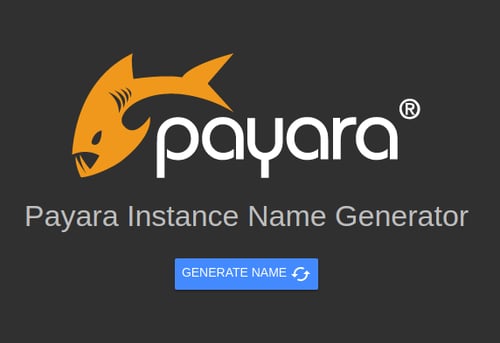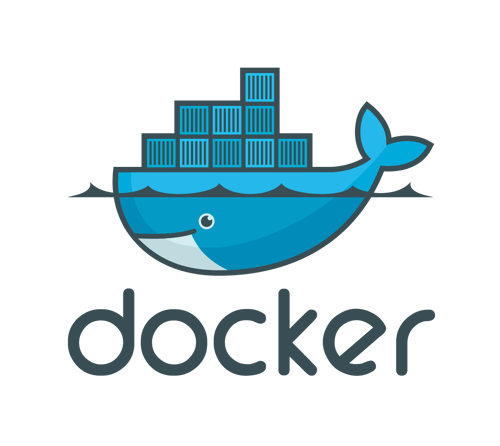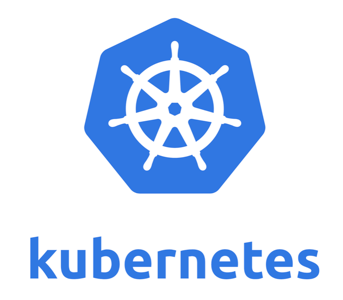Posts tagged Kubernetes (2)
Business Benefits of Using Kubernetes with Payara Micro
Published on 09 Jul 2019
by Debbie Hoffman
Topics:
Payara Micro,
MicroProfile,
Kubernetes,
Payara Platform
|
0 Comments
The term “Kubernetes” comes from the Greek “kubernan,” which means to steer or guide. You can think of Kubernetes like a pilot for apps that are stored and run together in containers and other forms of workload distribution software. The Greek “kubernan” was transformed over the years to relate to the term “Govern”, which is another helpful comparison when trying to understand the full capacity of Kubernetes.
What Is Kubernetes and How Does It Relate to Docker?
Published on 14 Jun 2019
by Matthew Gill
Topics:
Payara Micro,
Docker,
Kubernetes
|
0 Comments
Kubernetes is most commonly used with Docker managed containers, although it doesn't strictly depend on it. Kubernetes defines a Container Runtime Interface (CRI) that container platforms must implement in order to be compatible. These implementations are colloquially known as "shims". This makes Kubernetes platform agnostic so that instead of Docker you're free to use other platforms with corresponding shims, such as CRI-O or KataContainers.
Scaling Payara Micro Applications with Kubernetes
Published on 14 May 2019
by Rudy De Busscher
Topics:
Payara Micro,
Kubernetes
|
2 Comments
When using Docker images as the way to deploy your application, many organizations use Kubernetes to manage the containerized version of their application. This blog gives you a short overview of Kubernetes and how to run your Payara Micro application in a scaled fashion by either defining the scaling manually, or automatically by the Horizontal Pod scaler.
Why Use Docker with Payara Platform? Benefits for your Business
Published on 15 Mar 2019
by Andrew Pielage
Topics:
Payara Micro,
Docker,
Kubernetes
|
2 Comments
There's a lot of noise revolving around Docker at the moment, and with the current industry focus on the cloud, there's a good reason for that.
I hope you would already know why you might want to use Payara Platform in your business, so in this blog I'm going to focus more on why you'd specifically want to use it with Docker in a "business" context. For a start, if you're unfamiliar with Docker, please refer back to our introductory blog: What is Docker and How is it Used with the Payara Platform for a primer.
Payara Server Beta 1 がリリースされました!
Published on 22 Dec 2017
by Andrew Pielage
Topics:
What's New,
Caching,
MicroProfile,
Arquillian,
Payara Server 5,
Japanese language,
Kubernetes
|
0 Comments
お楽しみの、喜びの、奉仕の、そして釣りの (違った、最後のは私が付け加えただけです) 季節がやってきました。そして世界中の皆様、このお休みに (訳注: イギリスはクリスマスと翌日が祝日です) Payara Server 5 の最初のベータ・リリースをお届けします。ダウンロードはこちらからどうぞ。本当は何が欲しかったのか、私は知っているんですよ。
Payara Server 5 Beta 1 release is here!
Published on 22 Dec 2017
by Andrew Pielage
Topics:
What's New,
Caching,
MicroProfile,
Arquillian,
Payara Server 5,
Kubernetes
|
1 Comment
It’s the season of joy, cheer, giving, and fish (no, I haven’t just added the last one) and so as a gift to the world we’ve just released the first Beta release of Payara Server 5 in time for the holidays - download here. I know, it’s exactly what you wanted.
Kubernetes Native Discovery with Payara Micro
Published on 20 Dec 2017
by Susan Rai
Topics:
Payara Micro,
Microservices,
Hazelcast,
Clustering,
Cloud,
Kubernetes
|
1 Comment
Payara Micro supports Hazelcast out of the box, and can be used for clustering. This allows members in the cluster to distribute data between themselves, amongst other things. By default, Hazelcast comes with multiple ways to discover other members in the same network. A multicast discovery strategy is commonly used for this purpose; a multicast request is sent to all members in a network and the members respond with their IP addresses. Another strategy must be employed if a member cannot or does not wish to provide their IP address.






